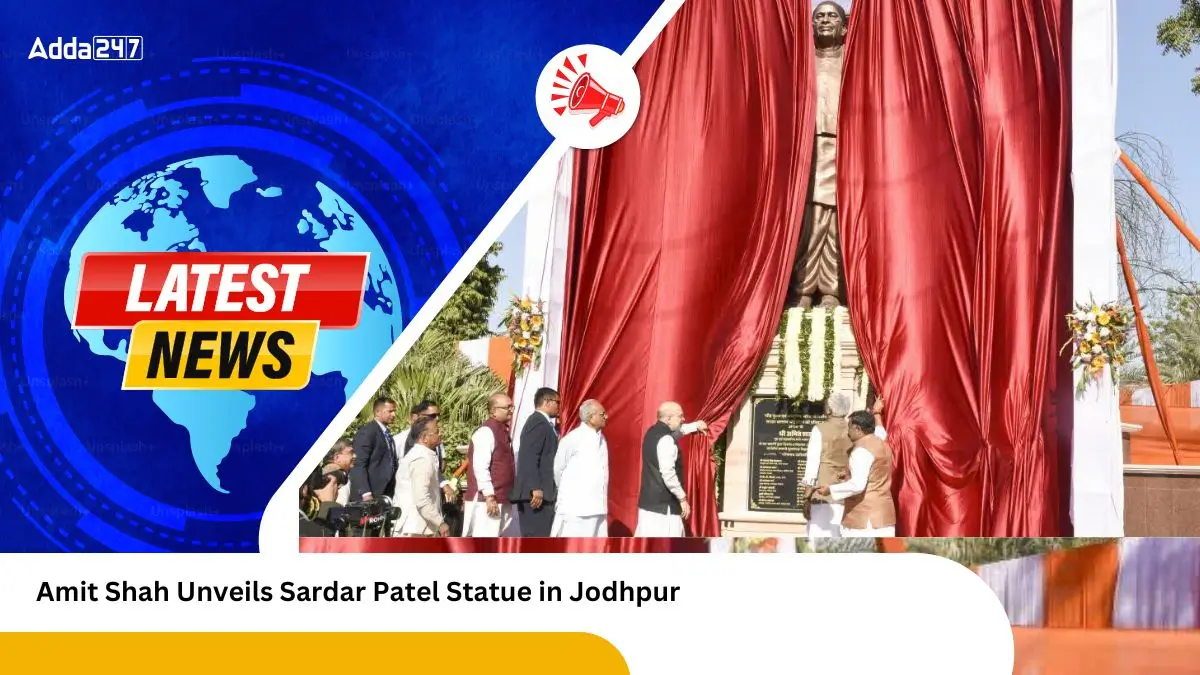The “Missile Woman of India” is a distinguished scientist known for her significant contributions to India’s missile development programs. She played a crucial role in strengthening the nation’s defense capabilities, particularly through her leadership in developing advanced missiles like the Agni series.
Missile Woman of India
Tessy Thomas is often referred to as the “Missile Woman of India” due to her remarkable achievements in missile technology and her leadership in India’s defense projects. She is a pioneering scientist who played a crucial role in developing some of India’s most advanced missiles, making a significant contribution to the country’s defense capabilities.
Early Life of Tessy Thomas
Tessy Thomas was born in April 1963 in Alappuzha, Kerala, into a Syro Malabar Catholic family. Her name, Tessy, is derived from Mother Teresa. Growing up in a family with strong values of education and hard work, she was inspired by her mother, a teacher and the beautiful surroundings of Kerala. Her fascination with rockets and missiles started when she lived near the Thumba Equatorial Rocket Launching Station in Trivandrum. Despite challenges, including her father’s stroke when she was 13, Tessy excelled in her studies and went on to pursue a career in engineering.
Education and Early Struggles of Missile Woman of India
Thomas had a natural aptitude for mathematics and physics, scoring outstanding marks in these subjects during her school and colleges. She completed her B.Tech in Engineering from the Government Engineering College, Thrissur, with a scholarship. To support her studies, she took an education loan of Rs.100 per month. Thomas also hold an M.Tech in Guided Missile from the Institute of Armament Technology in Pune and a Ph.D. in guidance missile under the Defense Research and Development Organization (DRDO).
Career at DRDO
In 1988, Tessy Thomas joined the Defense Research and Development Organization (DRDO), where her career took off. She played a vital role in the development of the Agni missile series, including Agni-III, Agni-IV and Agni-V. Thomas was appointed by Dr. A.P.J. Abdul Kalam, the former President of India, to lead the Agni Project. She was instrumental in the successful tests of Agni-IV in 2012. Her work made India a strong player in missile technology. In 2018, she became the Director-General of Aeronautical Systems at DRDO, a position she held until 2023.
Personal Life of Tessy Thomas
Tessy Thomas is married to Saroj Kumar, a commander in the Indian Navy, and they have a son named Tejas. Her family supported her through her career, and her journey reflects the importance of perseverance and hard work in overcoming obstacles.
Awards Received by Tessy Thomas
Here is the list of the awards received by Dr. Thomas:
- Lal Bahadur Shastri National Award
- Dr. Thomas Cangan Leadership Award (2018)
- Lokmanya Tilak National Award (2022)
- Woman Pioneer of the Year Award (2023)












